We had decided to cater for ourselves for breakfast this morning so we used our little oven to heat up croissants and enjoyed them with some lovel,y fruit we’d bought yesterday. The French supermarkets have such a wonderful variety of fresh fruits and some fabulous cheeses and deli items.
Then we set off the short drive to visit the Chateau de Chenonceau. I’d been keen to see it ever since Erin had described it after her European adventure when she turned 21.
Chenonceau castle is beautifully located, spanning the river Cher. It was built on the pilings of a mill by Thomas Bohier, a senior Finance minister. The château was completed over many decades by its successive owners. It’s called the Ladies’ castle because it was carefully created over the years by very influential female residents such as Diane de Poitiers, Henry II of France’s favourite, and later, by Henry’s wife Catherine de’ Medici, among many others. It’s one of the most popular chateau because of its beautiful setting and gardens. We really enjoyed walking through the grounds before we entered the chateau itself.
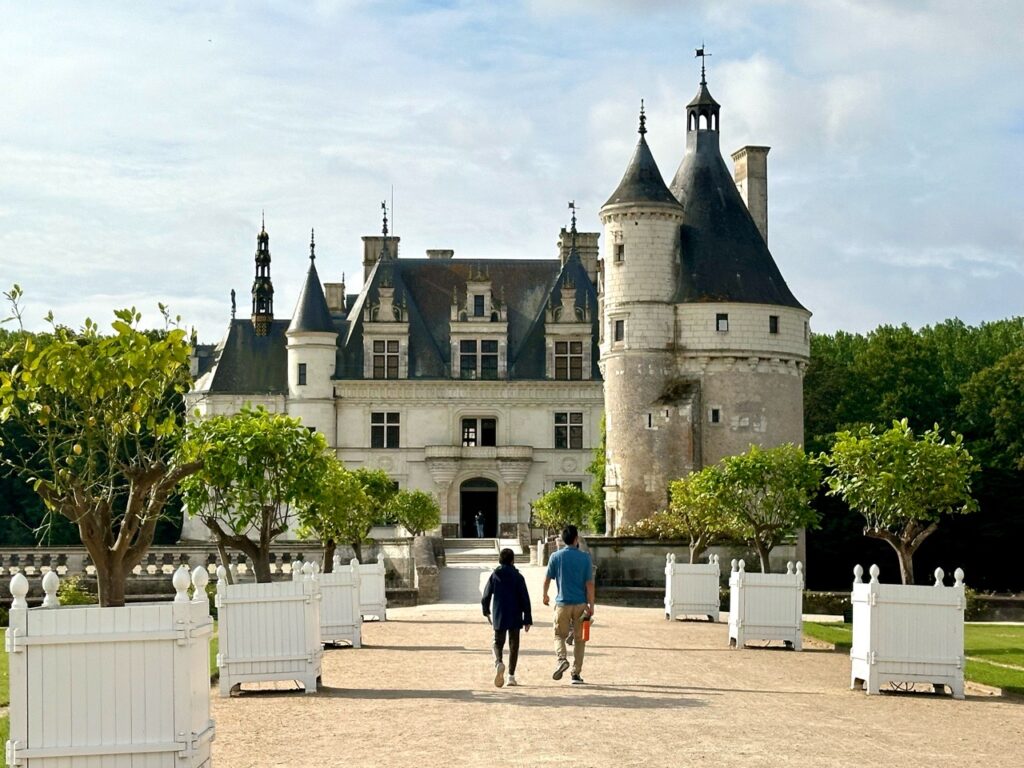


Inside you pass through a series of rooms, some decorated I the style of Diane de Poitiers .The long gallery over the river was particularly lovely, very light and airy. Down in the kitchens we saw the huge stove.
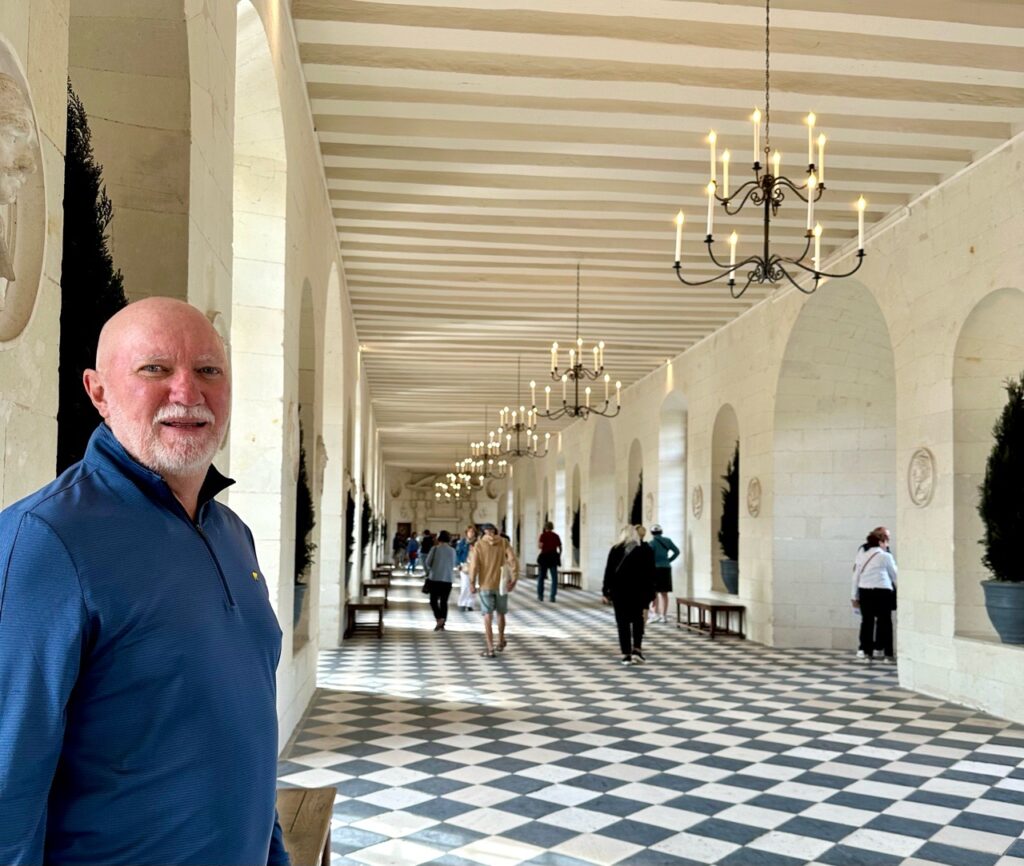


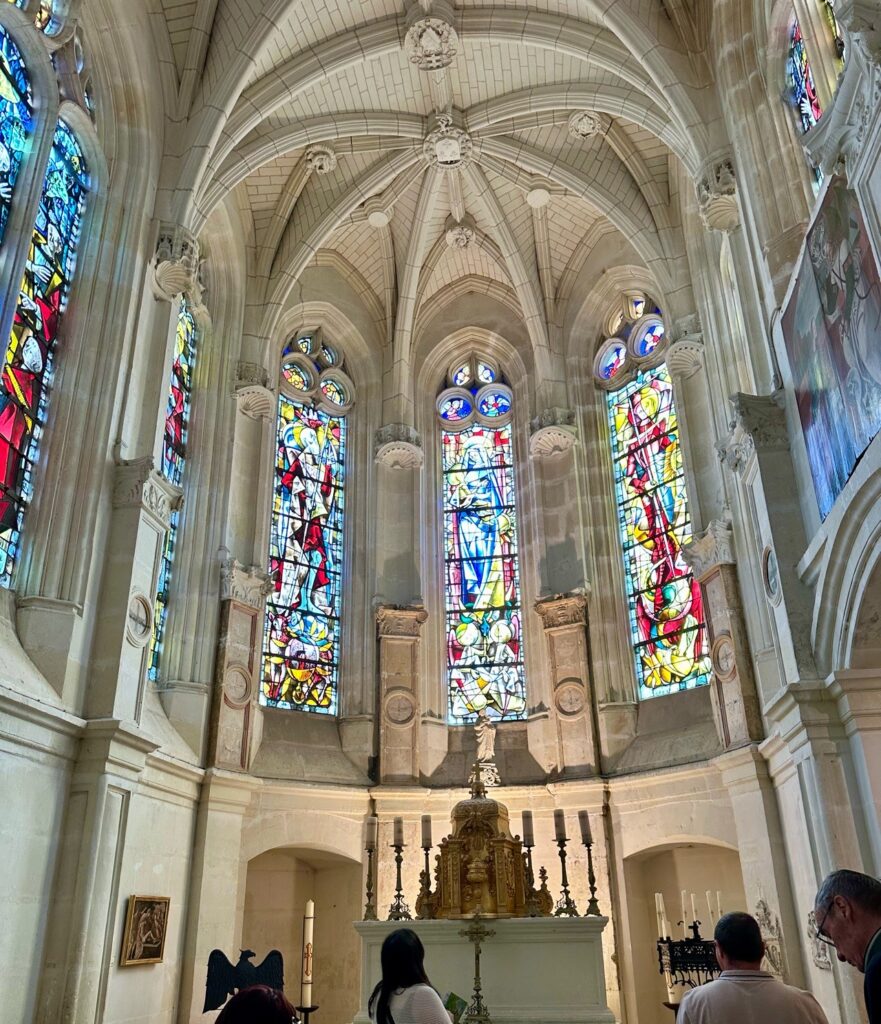

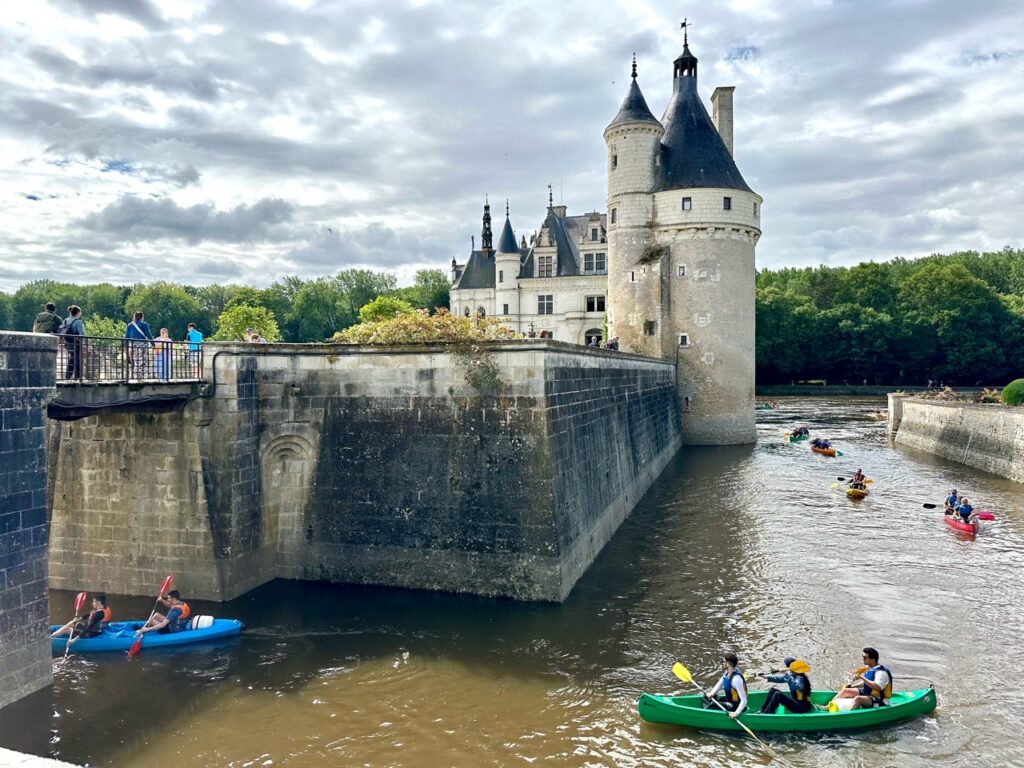
As we walked back through the grounds we visited the carriage exhibit, the wine cellars and the old 16th century farm buildings. In one of these there was a recreation of the military hospital that had been set up in the chateau during WW I

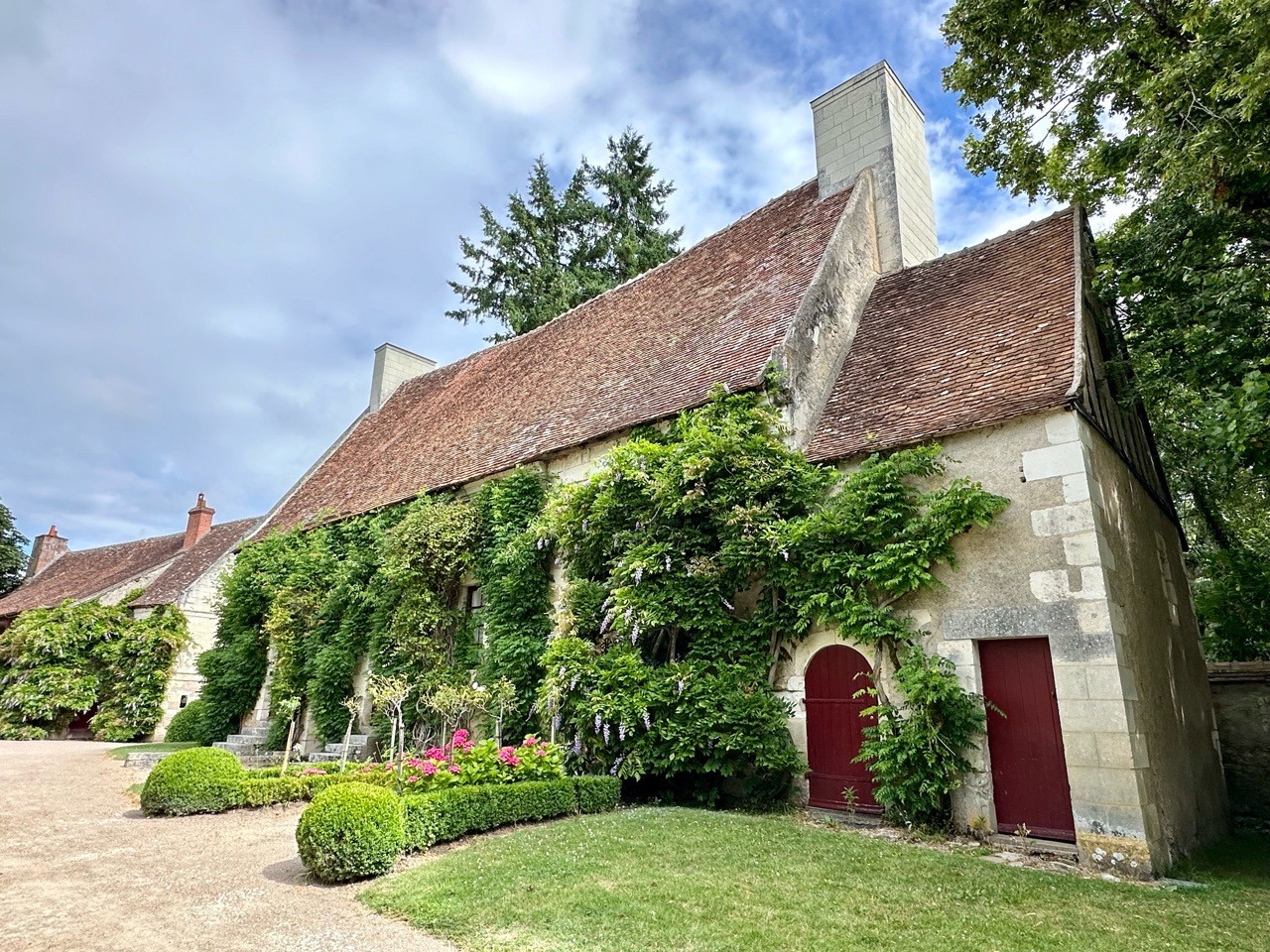
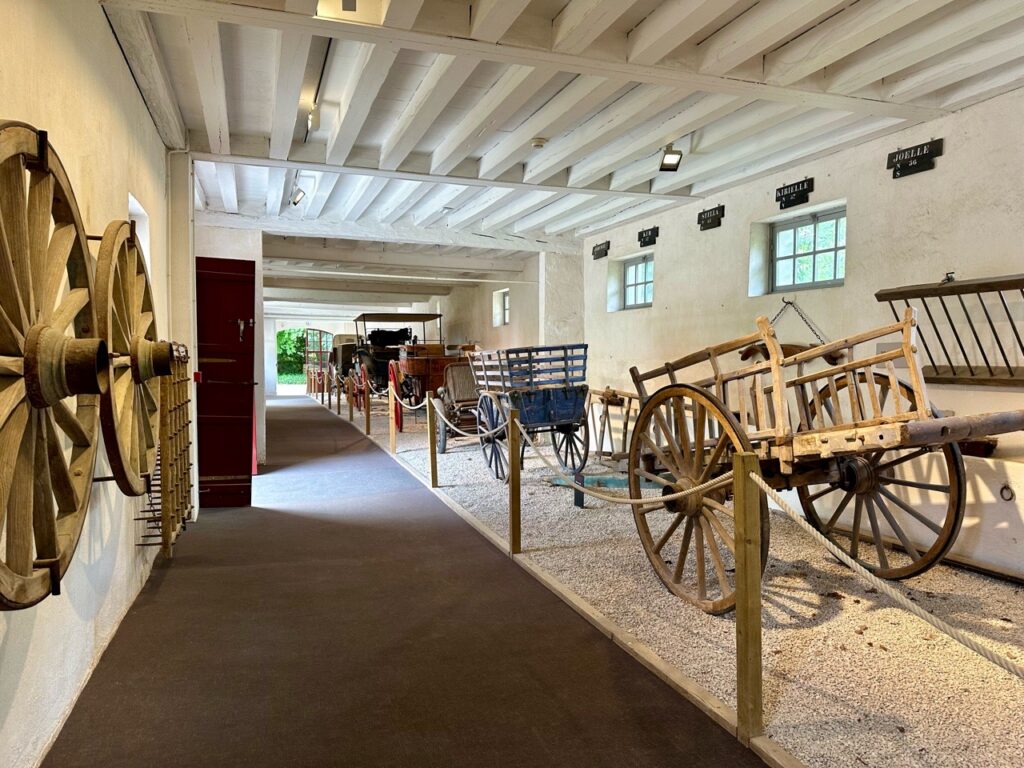

After leaving Chenonceau we drove into Amboise, a small town on the Loire river with a big history. We parked by the river and walked past the Church of St Denis, a Romanesque church that sits on an opposite hill to the grand Château d’Amboise. It’s said that on one hill was God and on the other the King! The narrow pedestrian Rue Nationale runs through the centre of the oldest part of the town from the church to the castle .
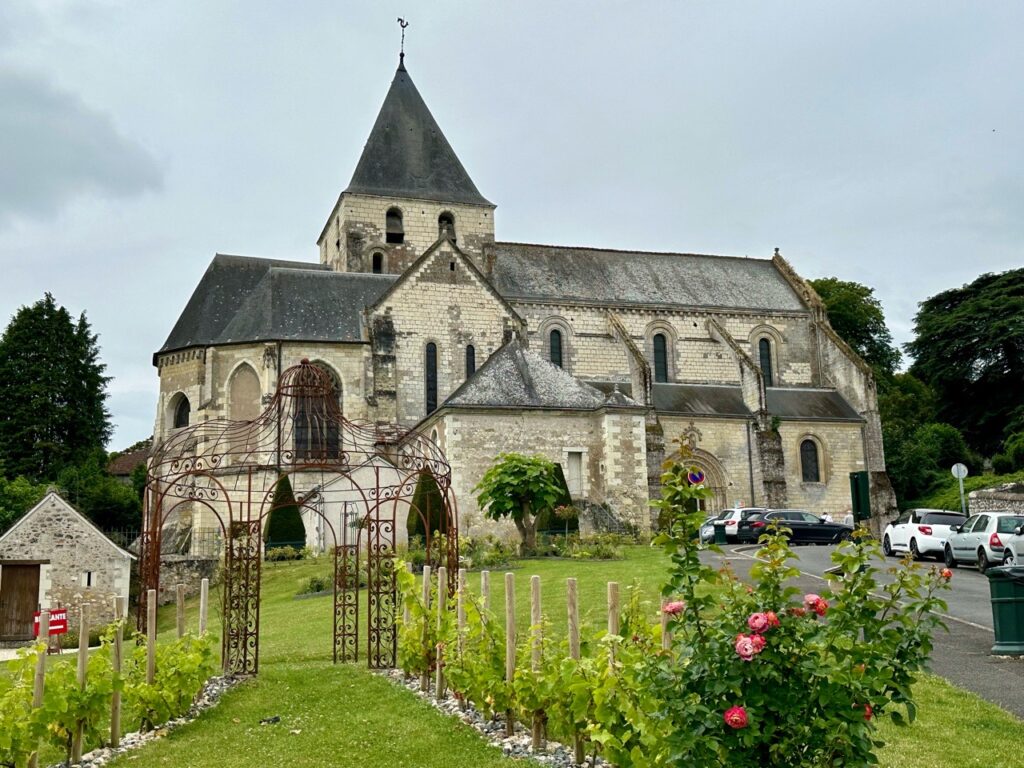
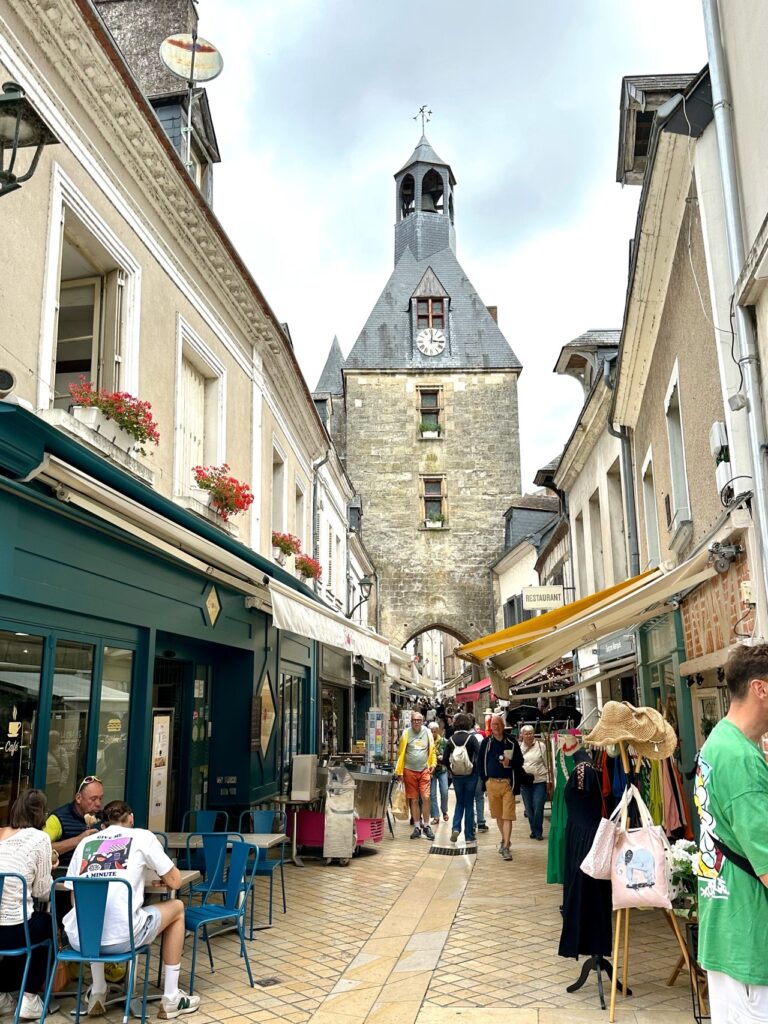

The Chateau dates back to the 11th century, when the Count of Anjou built the castle on the promontory as a defence strategy. Between the 15th and 16th centuries, under the orders of Charles VII, Louis XII and Francois I, the castle was refurnished. Its magnificent facade are attributed to Charles VIII and Francois I, and their love for Italian art and style.
It was because of this passion for Italian art that Francois I invited Leonardo Da Vinci to come and reside in Amboise as his first painter, architect and engineer. Da Vinci arrived in 1516 and spent the remaining three years of his life living and working in the nearby Chateau de Clos Luce, he died in Amboise in 1519 and was buried in the Chapel of Saint-Hubert (on the ramparts of the Chateau d’Amboise).
We walked up the ramp and bought our tickets. First we stopped to see Da Vinci’s grave in the chapel and then walked across the terrace to see the view down to the town and river below. I felt seeing Da Vincis grave was like closing a circle, as we had visited his birthplace in the tiny town of Vinci , in Tuscany in2013 . Then we walked through he main rooms of the castle, de orated in various periods of its history before we headed back down into the town to stop for lunch at one of the cafes in the Main Street. For once I was able to sample a very local wine, the Rose was from Amboise. Neil thought he was drinking a loca l beer, but on further investigation it turned out to be from Belgium! 😂

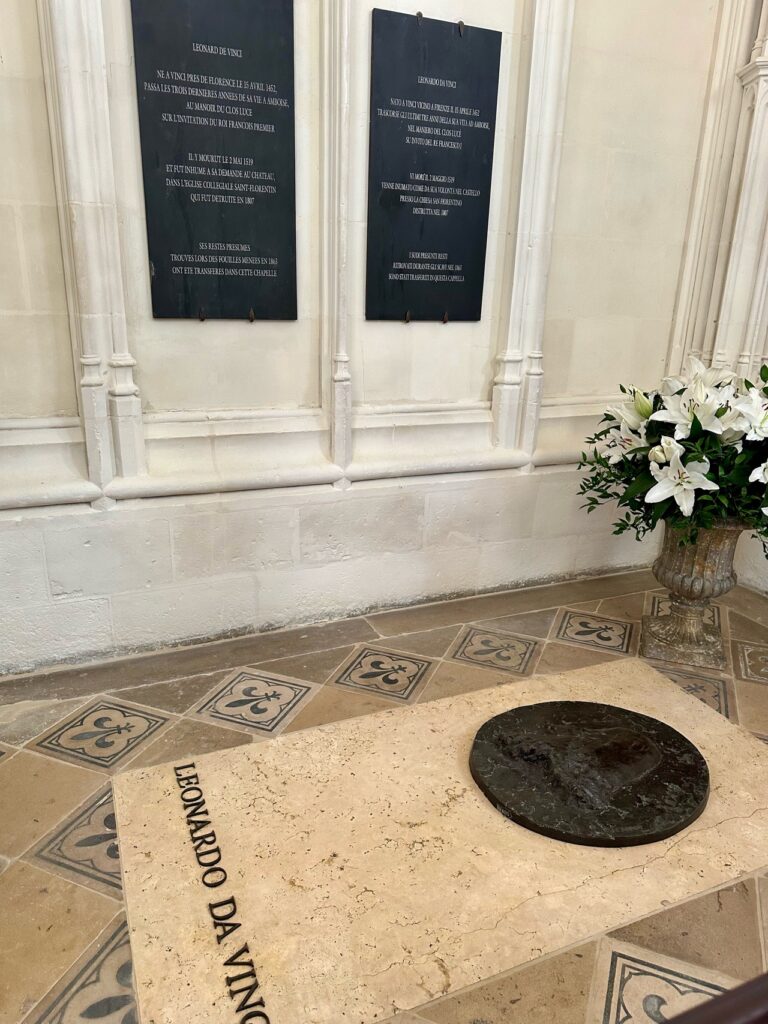
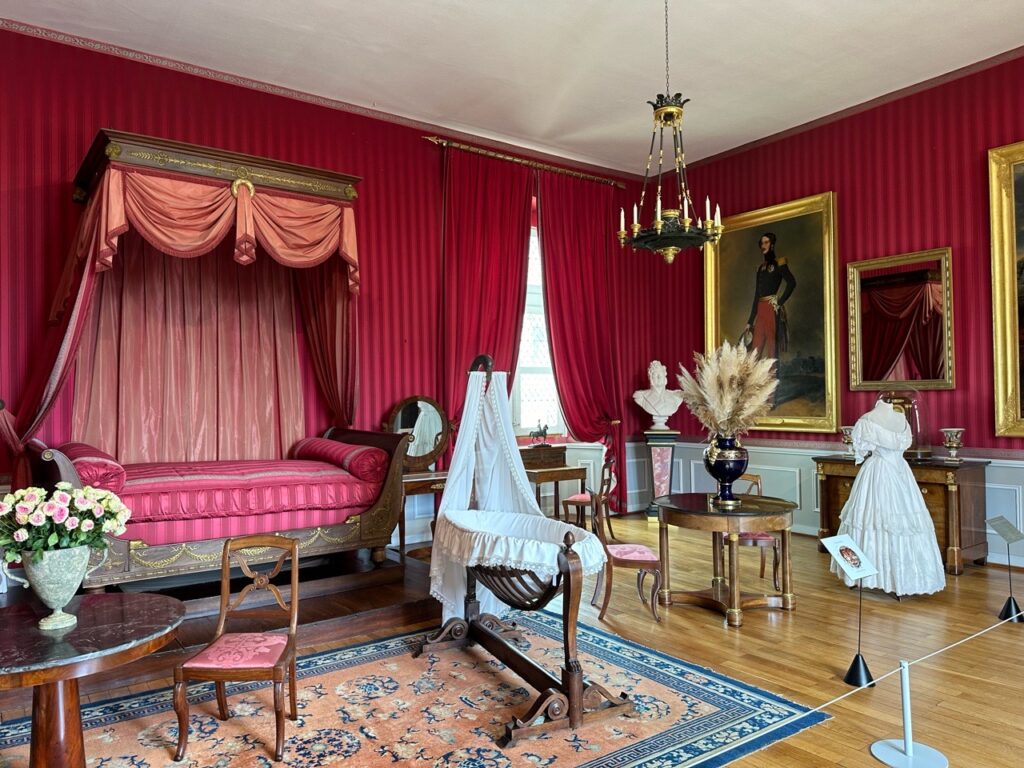
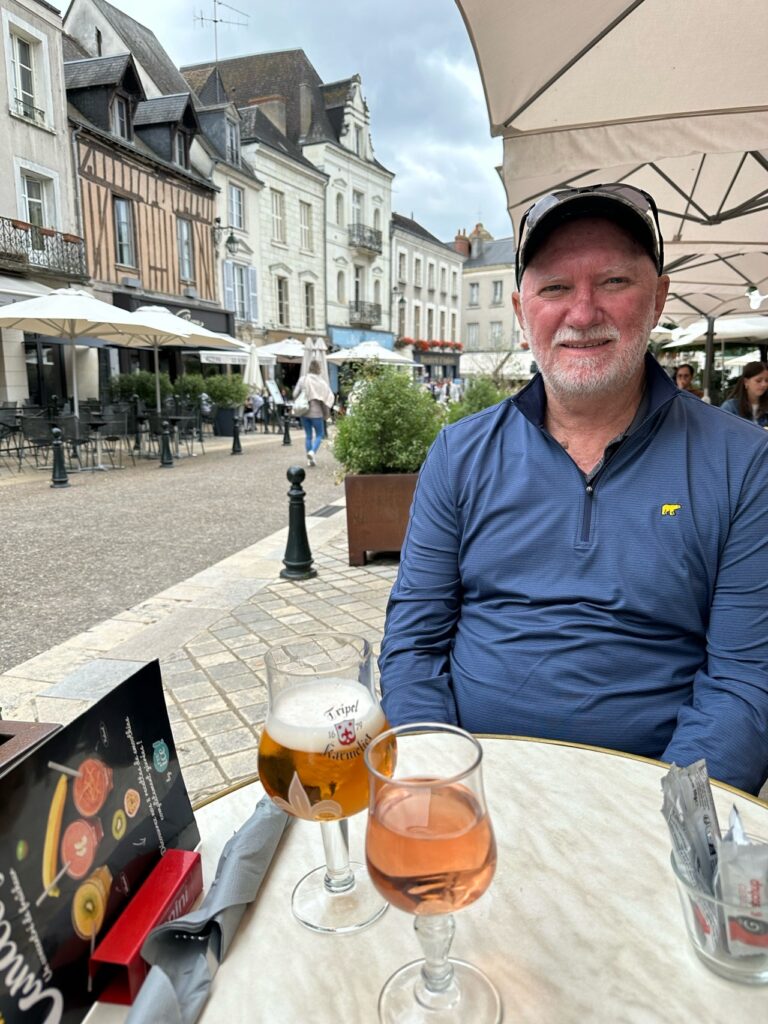
Back at “our” chateau we settled in for another relaxing evening. Neil had decided he just wanted another picnic on the terrace, but thanks to my Mum and Dad’s birthday gift he was able to indulge in some very good bubbly to celebrate his birthday!
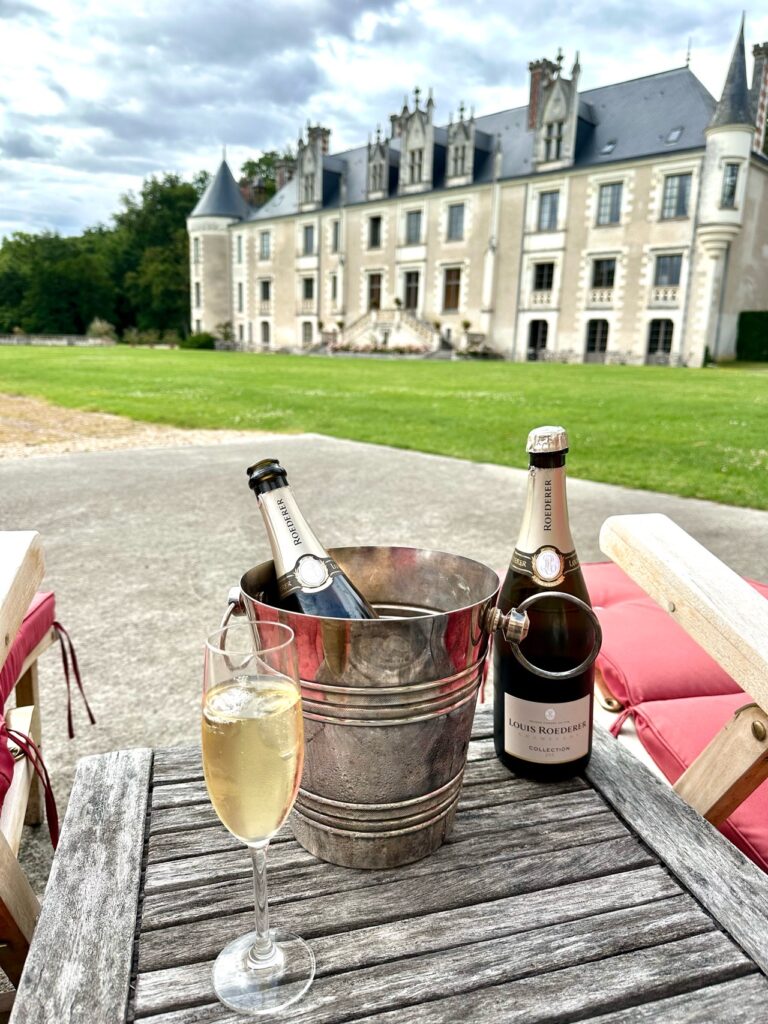
we slept well!


